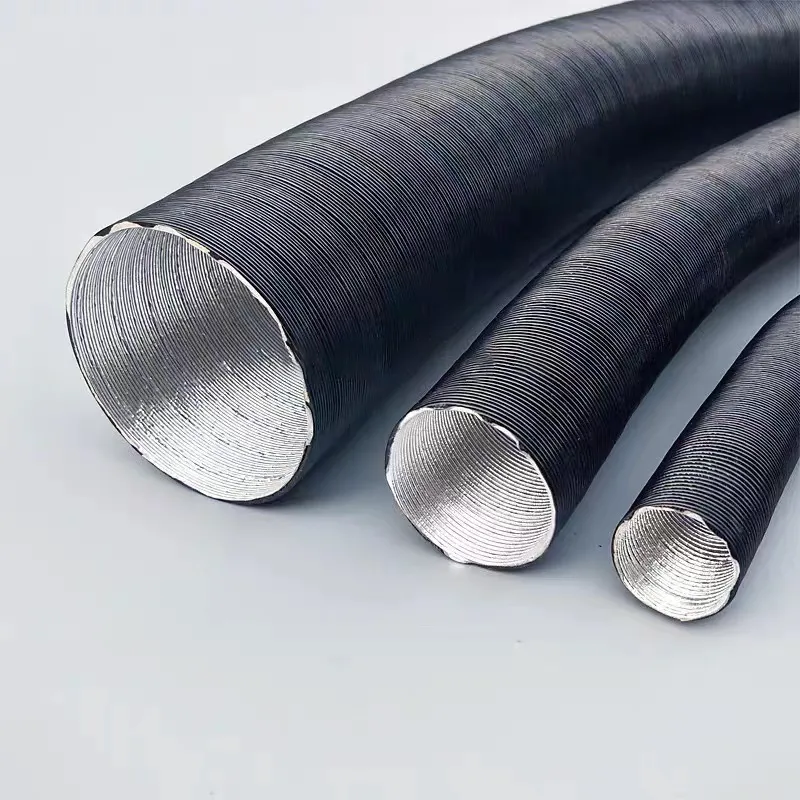layflat hose
The Versatility and Importance of Layflat Hose
Layflat hoses are an essential tool in many industries, renowned for their unique design and versatility. Unlike traditional hoses that are typically rigid and bulky, layflat hoses are constructed with a flat profile, allowing them to be easily transported, stored, and deployed. This article will explore the characteristics, applications, and advantages of layflat hoses, shedding light on why they have become a preferred choice in various sectors.
What is Layflat Hose?
Layflat hose is a type of flexible hose that is designed to lay flat when not in use, making it remarkably easy to handle and transport. These hoses are usually made from durable materials such as PVC or thermoplastic polyurethane, which provide resistance to abrasion and wear. The flat design allows for compact storage, making them an ideal solution for operations that require frequent movement or deployment of hoses.
Key Applications
Layflat hoses are used across numerous industries, including agricultural irrigation, construction, firefighting, and municipal water transport. In agriculture, they are commonly employed for irrigation purposes, allowing farmers to efficiently distribute water across vast fields. Their lightweight nature makes them easy to install and remove, significantly reducing labor costs and time.
In construction, layflat hoses are used for Dewatering applications, transporting large volumes of water from excavated areas or flooded sites. Their ability to handle high flow rates while remaining flexible and manageable makes them indispensable on job sites.
Firefighting is another critical area where layflat hoses shine
. Fire departments utilize these hoses for their ability to quickly convey large amounts of water to extinguish flames. The flat design simplifies both storage on fire trucks and rapid deployment during emergencies.layflat hose

Municipal water services often rely on layflat hoses for temporary water supply during repairs or maintenance. Their straightforward setup allows cities to maintain water delivery without significant disruptions.
Advantages of Layflat Hose
One of the primary advantages of layflat hoses is their lightweight and flexible nature. Compared to rigid hoses, they are easier to handle and transport, which is especially beneficial for operations that require quick deployment and mobility. Additionally, their flat design minimizes storage space requirements, making them ideal for organizations with limited storage capabilities.
Layflat hoses are also highly durable. They are designed to withstand pressure and extreme conditions, making them suitable for a variety of applications. Many layflat hoses are resistant to UV radiation, chemicals, and abrasion, ensuring a long service life even in harsh environments.
The versatility of layflat hoses extends to their compatibility with various fittings and couplings. This adaptability allows users to customize their hose systems based on specific needs, enhancing functionality and efficiency.
Conclusion
In summary, layflat hoses are a remarkable innovation that offers numerous benefits across a range of industries. Their lightweight, flexible design makes them easy to transport and deploy, while their durability ensures reliable performance under challenging conditions. Whether for agricultural use, construction dewatering, firefighting, or municipal water transport, layflat hoses stand out as a critical component for efficient operations. As industries continue to evolve and demand for adaptable solutions increases, the popularity of layflat hoses is expected to grow, further solidifying their status as an essential tool in various applications.
-
Unveiling the Landscape of PVC Air Hoses and Comparative AnalysisNewsJun.24,2025
-
Unraveling the World of Specialized Braided Hoses and Their AlternativesNewsJun.24,2025
-
The Essential Role of PVC Hoses in Air - Related SystemsNewsJun.24,2025
-
Precision - Engineered Tubing and Braiding SolutionsNewsJun.24,2025
-
Pneumatic Tubing and Braided Hoses: Powering Industrial OperationsNewsJun.24,2025
-
Comparative Analysis and Insights into Air Hoses: PVC vs Rubber and BeyondNewsJun.24,2025














